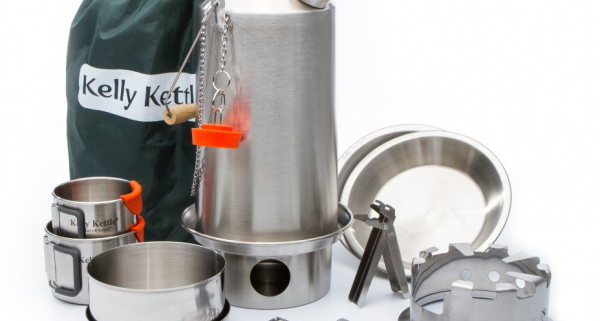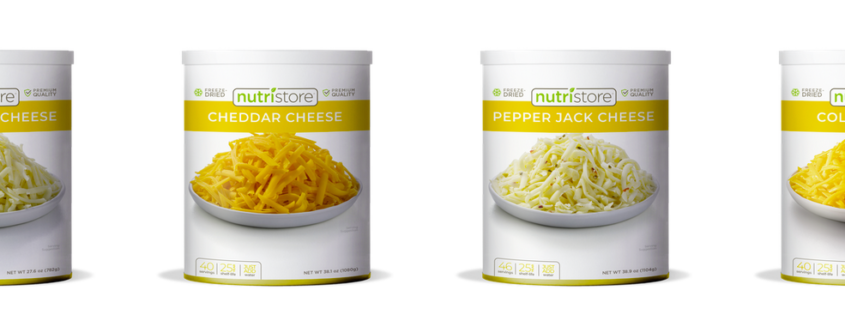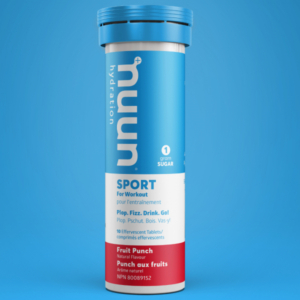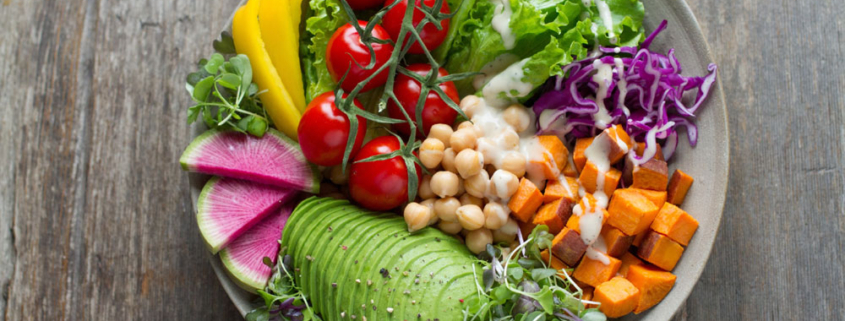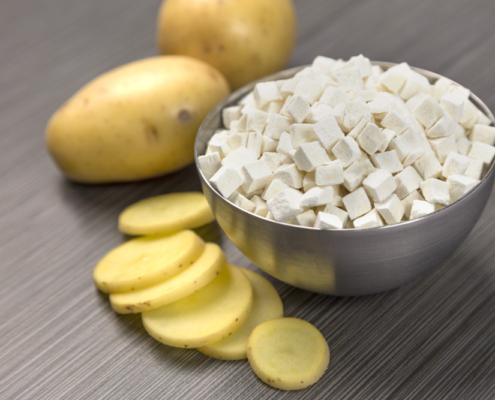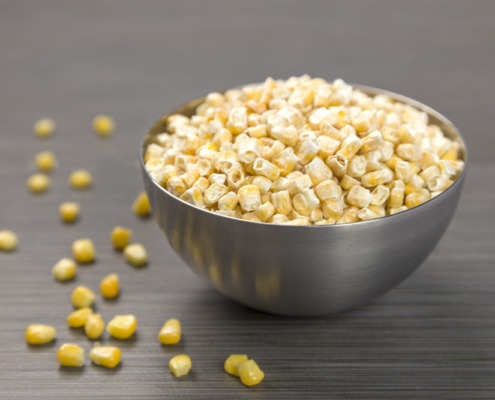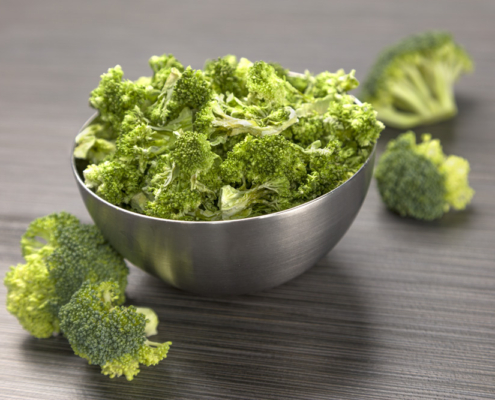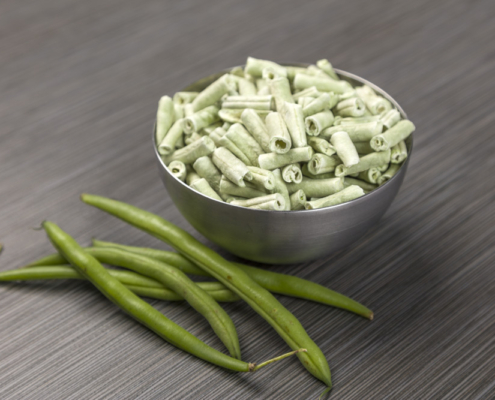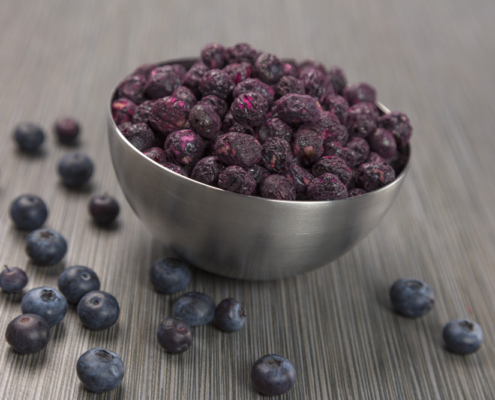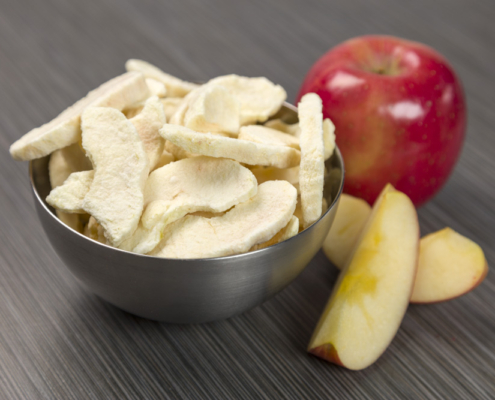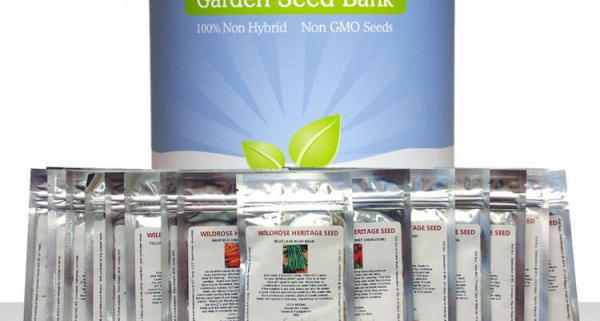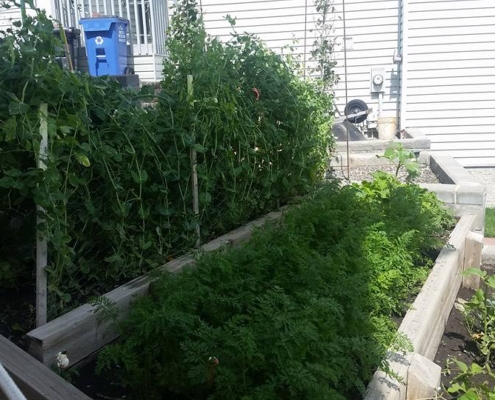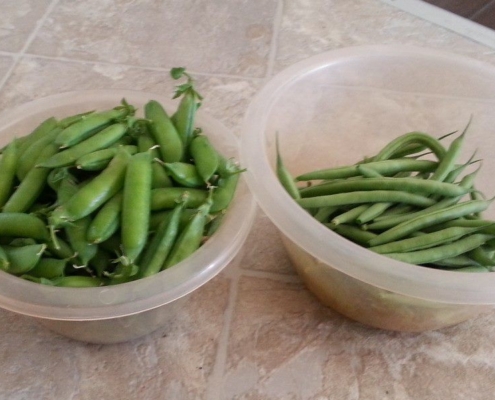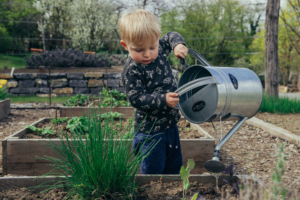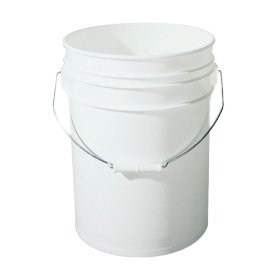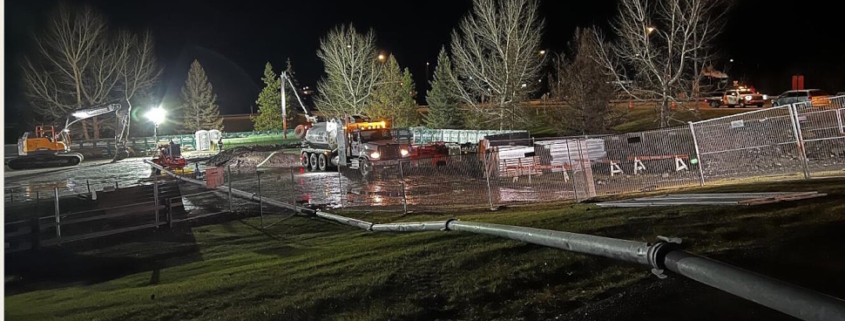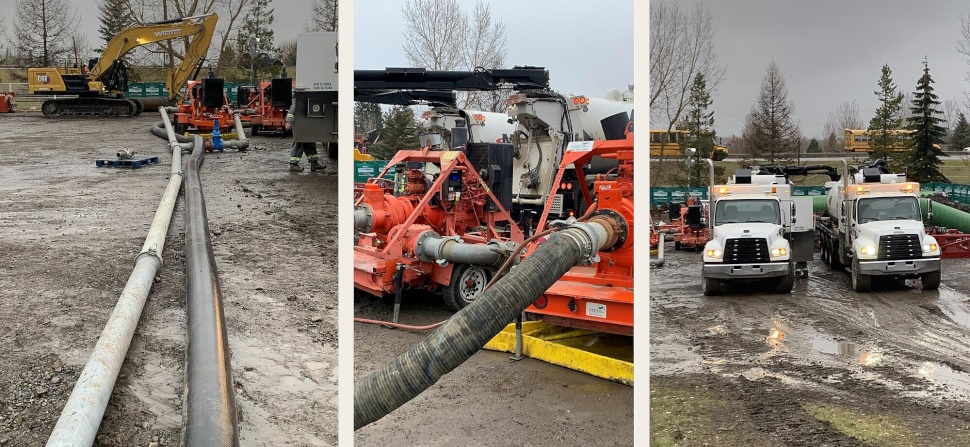When it comes to outdoor adventures, having the right equipment can make all the difference. The Kelly Kettle Base Camp, a portable and efficient camping kettle, is one such tool that has won the hearts of outdoor enthusiasts worldwide.
Who Invented the Kelly Kettle Base Camp? 
The Kelly Kettle Base Camp is a product of the Kelly family, hailing from Ireland. The ingenious design of this kettle, initially known as the “Volcano Kettle,” was created by Patrick Kelly in the early 1900s. Since then, it has been passed down through generations and remains a beloved item for campers, hikers, and adventurers.
What Is the Kelly Kettle Base Camp?
The Kelly Kettle is a unique, chimney-style camping kettle. It’s designed for quick and efficient boiling of water in the great outdoors, using natural fuels such as sticks, twigs, or dry leaves. Its construction includes a main chamber for holding water and a separate chamber for fuel. The kettle’s conical shape and double-walled design allow for rapid heating, making it an indispensable tool for outdoor cooking, hot beverages, and even emergency water purification.
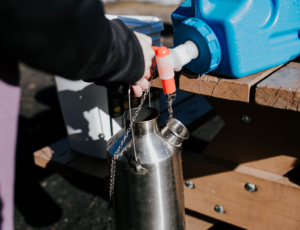 Where Can You Use the Kelly Kettle Base Camp?
Where Can You Use the Kelly Kettle Base Camp?
The Kelly Kettle Base Camp is a versatile companion for various outdoor settings. Whether you’re camping in the wilderness, hiking in remote areas, or simply having a picnic at your local park, this kettle provides a reliable source of hot water, even in challenging conditions.
When Is the Best Time to Use It?
- Camping Trips: Whether you’re in a designated campsite with fire rings or out in the backcountry, it ensures you have a source of hot water for cooking, cleaning, and making hot beverages.
- Hiking and Backpacking: It’s lightweight and compact, making it a valuable addition to your gear. It can also help you save space and weight by eliminating the need to carry extra fuel canisters.
- Picnics and Day Trips: In a local park, at the beach, or on a scenic hike, having the ability to quickly heat water a hot beverage or instant meals is convenient.
- Boating and Fishing: If you’re out on the water, it’s particularly useful for anglers who want to enjoy a hot meal while fishing.
- Emergency Situations: In the event
 of power outages, natural disasters, or other emergency situations, it provides a reliable means of heating water for drinking, rehydrating food, and staying warm.
of power outages, natural disasters, or other emergency situations, it provides a reliable means of heating water for drinking, rehydrating food, and staying warm. - Outdoor Events and Festivals: An outdoor concert, a sports event, or a festival, the Kelly Kettle can help you save money and avoid long lines at food vendors. Who knows, maybe you will attract some new friends while you’re at it!
- Winter Activities: Provides you a source of hot water to stay warm, prepare hot cocoa, and rehydrate freeze-dried meals.
Why Choose the Kelly Kettle Base Camp?
- Efficiency: By using readily available natural fuels like sticks, twigs, or leaves, it eliminates the need for additional equipment or fuel canisters.
- Speed: Whether you’re in need of a hot beverage in the morning or a hot meal after a long day of hiking, the Kelly Kettle can significantly cut down on cooking time.
- Reliability: Its simple design means fewer parts to break or malfunction, making it a reliable and trusty companion for your outdoor adventures.
- Versatility: With the appropriate accessories like the cooking set, you can use it to prepare a wide range of meals, from simple soups and stews to more elaborate campfire recipes.
- Emergency Preparedness
- Cost-Effective: Over time, the Kelly Kettle can prove to be a cost-effective choice. Its reliance on natural fuels means you don’t need to continually purchase costly fuel canisters, making it an investment that pays for itself through savings on fuel expenses
How to Use the Kelly Kettle Base Camp
Using the Kelly Kettle Base Camp is straightforward:
- Fill the main chamber with water.
- Place natural fuels, such as sticks and leaves, in the fire base.
- Ignite the fuel, and the chimney effect will draw the heat up, quickly boiling the water in the main chamber.
Check out this video with Billy showing how it works!
Conclusion
The Kelly Kettle Base Camp is a testament to timeless ingenuity and practical design. Its ability to provide hot water and cook meals with minimal environmental impact makes it a must-have for outdoor enthusiasts and those who prioritize preparedness. Whether you’re deep in the wilderness or just enjoying a day in the park, the Kelly Kettle Base Camp is your trusted outdoor companion.

